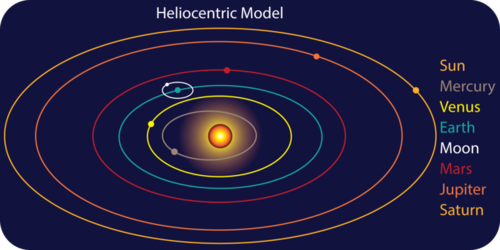WEEK 3
The technologies we rely so heavily on in our society would not be made possible without the Industrial Revolution that occurred in the 18th and 19th centuries. It started with the invention of the printing press by Gutenberg, and progressed with contributions of people like Rene Descartes (father of Modern Philosophy), Michael Farady (work in the magnetic field), and Mary Shelley (author of Frankenstein, which still inspires scientists and artists today, especially in robot creation and infatuation). However, I would like to take the time to focus on two highly valued persons of this era: Nikola Tesla and Henry Ford.
Serbian-American inventor
Development of the alternating-current electrical system
Discovered the rotating magnetic field
Worked for and alongside Thomas Edison, but eventually became his main competitor when he went to work with George Westinghouse
Helped to discover radar and X-ray technologies
1908--Ford Model T Car--everyone could afford a car, and his workers earned steady reliable wages
Creator of the assembly-line mode of production, still used to this day
Wanted the need for cars to remain high (great demand) so he made sure to remodel his cars each year (similar to "Apple's" mentality to re-create the iPhone over and over so people will purchase the latest and greatest version).
Chief engineer for the Edison Illuminating Co.
1918--half of all cars in America were Ford Model T's!!!
Interesting Side Note on Ford:
I recently read the novel Brave New World by Aldous Huxley, and in this book, set well into the future, humans were mass-produced in labs (the family unit and 'mothers' and 'fathers' were dissolved ideals), conditioned to like the work they were predestined to do in the "castes" they were born into, and instead of God, Henry Ford was the figure that the masses hailed to. "T's" (Ford Model T) replaced 'crosses' as the "holy" symbol in society, displayed openly on buildings. This "utopia" was driven by industrial revolutionary ideals, and many people still remark that this novel was Huxley's prediction of what our future world will look like. The overarching message is that humans are looking more and more like the machines they operate, and speaking of humans becoming machines, the advent of humanoid and other robots in our society has become a hugely controversial topic of debate...
ROBOTICS + ART:
Now to the hot topic of the week!
While robots perform many useful functions (i.e. to search for and locate people who may be in grave danger, to clean homes, or to amuse children in the form of robotic toys), they also can be taken from an artistic perspective.
One perfect example of this is from "The Puppeteer and the Inventor" video.
The man and woman involved in the invention and creation of life-like puppets describe puppetry as a
mobile art. A mechanical humanoid tramp named
Dirk seemed to most people to be real upon first glance; he was even arrested once! A realistic-looking and acting monkey named
Mono (which is monkey in Spanish :)) is the latest creation of these artists' "Electric Circus". Children and adults alike love to watch this monkey perform animal and human actions, like screeching and running about, riding a bike, and playing the organ.
Walter Benjamin, in "The Work of Art in the Age of Mechanical Reproduction" stated that "the progressive reaction is characterized by the direct,
intimate fusion of visual and emotional enjoyment with the orientation of the expert." I believe that art forms like robotic life-like puppeteering immerse the audience into the art, as opposed to the "distracted mass[es]" mindlessly watching a film.
I personally, as an animal rights activist, believe that this use of art and invention to entertain people in incredible, especially since the cruelty involved with confining and conditioning a wild animal to perform tricks for human pleasure can be avoided when something such as the puppet "Mono" is used to amaze and shock the spectators. Artists should continue to work with robotic technologies, which in turn also helps
breach the gap between art and science/engineering.
Bibliography:
Bio.com. A&E Networks Television, n.d. Web. 19 Apr. 2015. <http://www.biography.com/people/nikola-tesla-9504443>.
Bio.com. A&E Networks Television, n.d. Web. 19 Apr. 2015. <http://www.biography.com/people/henry-ford-9298747>.
"Videos." Video Electic Circus. N.p., n.d. Web. 19 Apr. 2015. <http://www.electric-circus.eu/htmlenglish/videos.html>.
Benjamin, Walter, and J. A. Underwood. The Work of Art in the Age of Mechanical Reproduction. London: Penguin, 2008. Print.
























